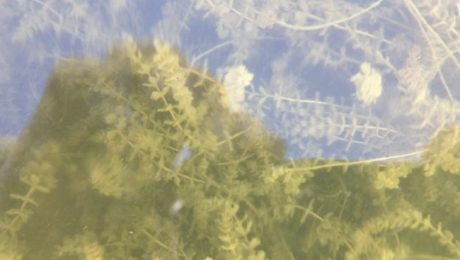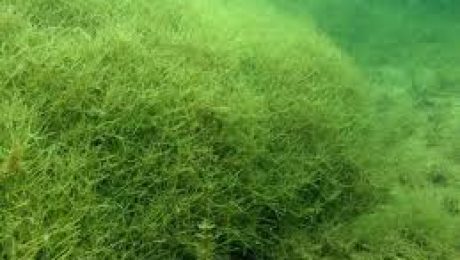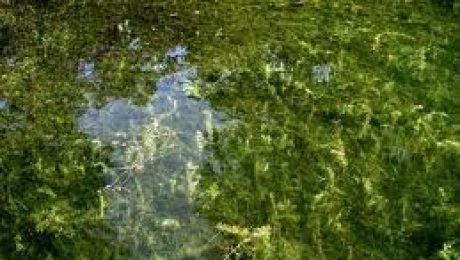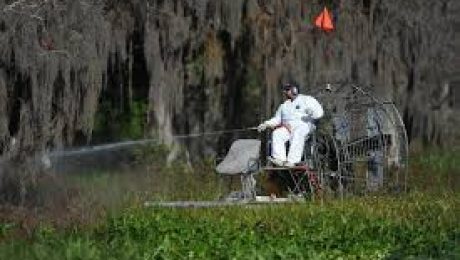A closer look at how Eurasian milfoil and chemical treatments are harming aquatic life Flint Lake on Valparaiso’s north side is in trouble. Invasive aquatic weeds, especially Eurasian milfoil, have become so overgrown that they’re even interfering with fish population surveys. During a recent Department of Natural Resources (DNR) survey, biologists had to stop two
Lake Shawnee has been identified time and again as one of the most idyllic locations in Shawnee County, Kansas, leading county commissioners to invest heavily in the area in recent years with new walking paths and other features. But maintaining that beauty, and more importantly, what’s under the water, can be challenging and at times
Across the warming globe, a mass exodus of tens of thousands of species is transforming the distribution of biodiversity — and challenging fundamental tenets in conservation policy and science. In recent years, scientists have documented countless species shifting their ranges toward the poles, higher into the mountains, and deeper into the seas in response to
Heidi Bunk, a water resources management specialist with the Wisconsin Department of Natural Resources, said while the long-term effectiveness of hand pulling the invasive species starry stonewort is still being evaluated, it can be advantageous because it allows for the removal of starry stonewort without harming native species in the way chemical treatments might. She
The U.S. Army Corps of Engineers is taking some innovative, and perhaps unusual, steps to keep Asian carp (the silver and bighead carp in particular) from infesting the Great Lakes. In the next several years several layers of protection will be used to thwart the arrival of the carp by way of the Chicago-area rivers
West Coast beachcombers have treasured the rare sightings of Japanese glass floats; spherical buoys strung together to aid fishermen in managing their catch. It was once thought that these translucent orbs took nearly a decade to reach the U.S.–traveling up to 8,000 miles of open sea. But in 2011, 5 million tons of debris was
An herbicide treatment of Lake Iroquois in Chittenden County, Vermont, isn’t likely to occur this year because the state received so many public comments that it will not have time to respond before the window has passed in which the first treatment must occur. Although representatives from the state say the herbicide won’t unduly harm
Lake managers might be hurting native aquatic plants – instead of helping them – when they use chemicals to control invasive plants on entire lakes. New research by Wisconsin DNR Lakes and River Team Leader Dr. Alison Mikulyuk shows native plant communities can struggle when chemicals are used to target invasive Eurasian watermilfoil. It appears
In the past 100 years, the planet has warmed in the range of 10 times faster than it did on average over the past 5,000. In response, thousands of species are traveling poleward, climbing to higher elevations, and diving deeper into the seas, seeking their preferred environmental conditions. This great migration is challenging traditional ideas
Pewaukee Lake was formed in 1838 when a dam was constructed along the Pewaukee River and the wetland was flooded. It combined with Snake Lake to form the 2,500 acre Pewaukee Lake. For 40 years – 1945 to 1985 – the sanitary district used herbicides, including 2-4-D for 17 years, in an attempt to control
- 1
- 2










